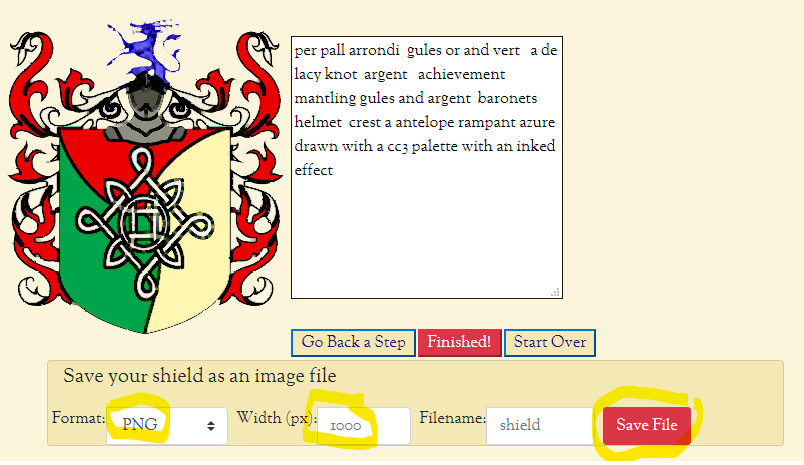
Oftentimes, they were researchers from geography-based disciplines who used GIS to visualize their data on maps. Soon, people who possessed no cartographic skills whatsoever were able to make maps. The integration of the computer in virtually all work processes also had a few additional effects on cartography. So a cartographer became someone with the knowledge and skills to design and make maps for a particular audience. By this time, the cartographer was doing all the work. When the computer became fully integrated in producing maps in the 1990s, however, the number of people involved who had different crafts (e.g., the photographer and the printing press operator) decreased. This reminds me of discussions among cartographers that were happening during the 1980s around the question of who was the real cartographer-the person in the drawing room actually drawing the map or the academic who mostly discussed the map conceptually? As a young student at the time, the answer was pretty clear to me: both were members of the Dutch cartographic society and both engaged in the same activities and discussions during meetings, so both would qualify as “real cartographers” because both were skilled in cartography.

Interestingly, web-based writes that a cartographer is “a person engaged in cartography, or the production of maps.” This broadens the scope of the word, certainly, but it’s still a little vague. Next to the cartographer, for instance, was also a photographer and a printing press operator. That chain of production required a whole set of people who each had their own skills. This is probably due to the outmoded process of producing paper maps.

Noticeably, these definitions all focus on making and drawing.

The Oxford Dictionary of English app defines a cartographer as “a person who draws or produces maps.” Merriam-Webster’s online dictionary says a cartographer is “one that makes maps.” And the Cambridge Dictionary, also available online, states that a cartographer is “someone who makes or draws maps.” Maybe it's the simplicity of it.Let’s first see what dictionaries tell us. That took me longer to adjust to, but even that seems like a natural to me now. It may be the same with LL and the rest, but for me the ease of use fit's my expectations with S&W.Įven the single saving throw. They seem to fit into S&W with little fuss. I grab and pick and steal from just about all OSR and Original resources. (my God but I can run it nearly without the book) Just much less rules hopping than I remember. It plays so close to the AD&D of my youth and college years (S&W Complete especially) that it continually surprises me. I can house rule it and it doesn't break. It's easy for lapsed gamers to pick up and feel like they haven't lost a step. So, out of all that, why Swords & Wizardry ? Why, when I have been running a AD&D 1e / OSRIC campaign in Rappan Athuk am I using Swords & Wizardry and it's variant, Crypts & Things, for the second campaign? (Actually, now running a S&W Complete campaign, soon to be with multiple groups) I am so deep in the OSR when I come up for breath it's for the OSR's cousin, Tunnels & Trolls

BOTH editions of LotFP's Weird Fantasy and some dead tree copies of the Greyhawk Grognards Adventures Dark & Deep I even have Dark Dungeons in print, the Delving Deeper boxed set, Astonishing Swordsmen & Sorcerers of Hyperborea. Actually, I have the whole available line in print. I have LL and the AEC (and somewhere OEC, but I can't find it at the moment).
#Campaign cartographer effects full
I have OSRIC in full size, trade paperback and the Player's Guide. Believe me when I say I have them all in dead tree format.


 0 kommentar(er)
0 kommentar(er)
